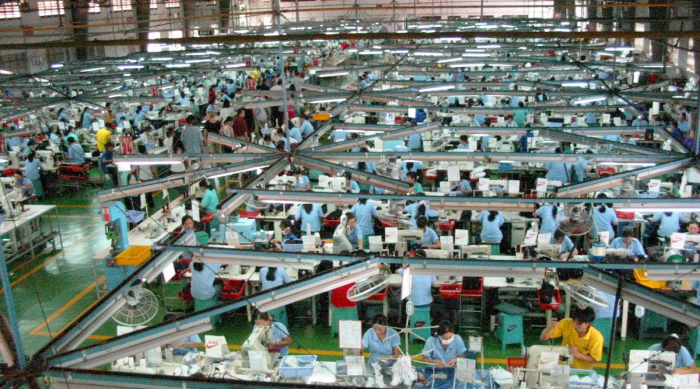The contract manufacturing landscape in Asia has been evolving rapidly, driven by a confluence of factors such as technological advancements, shifting geopolitical dynamics, and changing consumer preferences. In 2024, the region will continue to be a powerhouse for contract manufacturing, with countries like China, Vietnam, and others playing pivotal roles in global supply chains. This article explores the forecast for contract manufacturing in these key Asian countries and provides insights into the trends shaping the industry.
Continue reading “Forecasting the Future of Contract Manufacturing in Asia: Insights for 2024”





